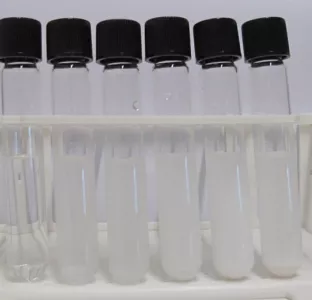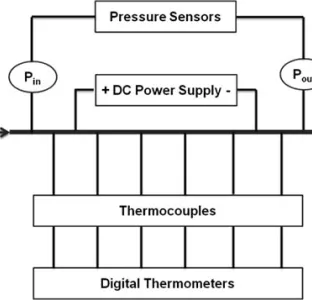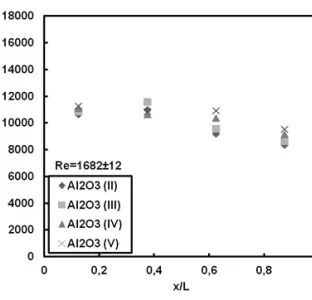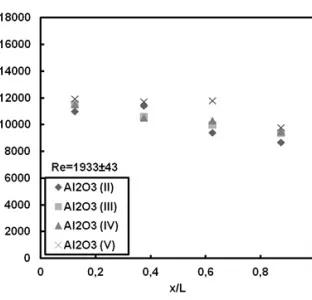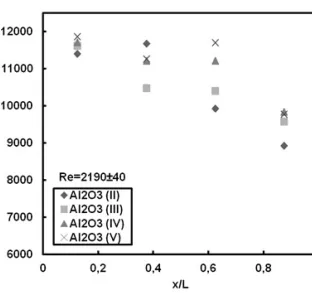Heat Transfer Enhancement in Microtubes with Nanofluids for Energy Efficiency
Nanofluids are now a new category of fluids consisting of uniformly dispersed and suspended nanometer-sized particles in a base fluid. From literature review it is understood that possible heat transfer enhancement and/or deterioration nanofluids is still a heated debate particularly for laminar flows. Compared to micro/mini-particle-liquid suspensions for heat transfer enhancement, nanofluids have better performance due to more heat transfer surface between solid and liquid, high dispersion stability, reduced pumping power, reduced particle clogging, and adjustable thermal properties and surface wettabilities by varying particle concentrations.
Addition of nanoparticles affects the thermo-physical properties of nanofluids. Compared to conventional solid-liquid suspensions, nanofluids possess advantages such as high specific surface area and more heat transfer surface, high dispersion stability, reduced pumping power, reduced particle clogging, improved thermal conductivity, and surface wettability. Heat and fluid in microscale is common in many applications such as microelectronic cooling of electronic chips, micro heat exchangers, bioengineering, human genome project, automobile industry, power generation systems, heating, air-conditioning, and chemical engineering.
There are a large number of studies in literature related to convective heat transfer characteristics of nanofluids in mini/microchannels. However, the results are still contradicting to each other. Thus, the objective of this study is to characterize the nanofluids and to analyze the effect of nanoparticles on conventional fluids in industrial applications such as refrigeration systems. The need for high heat transfer rates in many engineering devices used in microelectronics, energy industry, transportation, and optoelectronic industries such as plasmonics and thermophotovoltaic cells led to the development of smart engineering designs and/or efficient and high performance heat transfer fluids.
Pressure drop and heat transfer characteristics of water-based nanofluids with TiO2and Al2O3 nanoparticles are investigated in horizontal smooth hypodermic microtubes over a wide variety of Reynolds numbers and nanoparticle mass fractions under thermally developing flow conditions. Experimental friction factors and heat transfer coefficients could be predicted within ±10% and ±15%, respectively, by considering appropriate thermophysical properties of nanofluids and using existing correlations in the literature. Experimental results show that mass fraction is not effective over heat transfer coefficient for Reynolds number less than 1200, beyond which heat transfer coefficients increase with mass fraction. As Reynolds number increases, flow starts to transition to turbulent flow, and as a result, heat transfer enhancement becomes detectable, which is due to enhanced mixing of nanoparticles at higher Reynolds num-bers. While the stability of nanofluids is pre-served after the experiments, a gradual agglom-eration of nanoparticles in nanofluids might occur with time and might be accelerated with their repetitive use in the experimental setup and at elevated temperatures. Therefore, methods for improving their stability should be developed so that implementation of nanofluids to commercial products such as refrigerators and heat exchangers would be possible.
